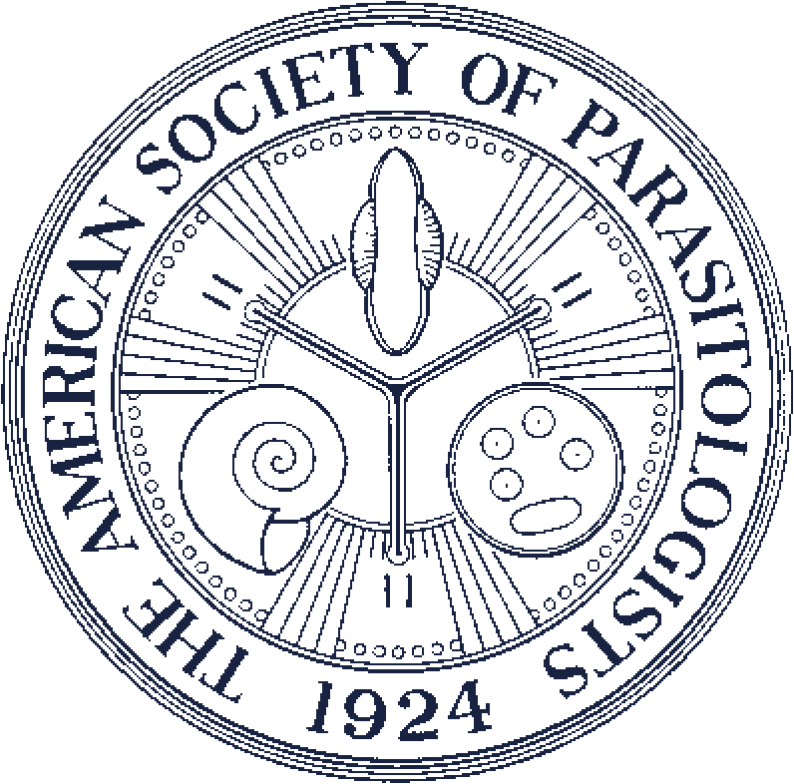MOLECULAR GENETICS UNVEIL HOST SPECIFICITY OF TREMATODES IN TWO COGENERIC BATILLARIA SNAILS
ABSTRACT
Host specificity is essential to understanding the ecology and evolution of parasites, and it is often complicated to estimate because of the presence of morphologically similar but genetically distinct species. Morphological identification of larval trematodes is often challenging because of the lack of diagnostic characteristics that only appear in the sexually mature adult stage. The difficulty in accurate species identification may obscure their compatibility with the host species. We investigate the parasites infecting 2 Asian mud snail species, Batillaria multiformis and Batillaria attramentaria, at 1 site where the 2 host snails co-occur to identify the level of their host specificity. We found that the morphospecies Cercaria batillariae was the most common trematode species in B. attramentaria and B. multiformis. We conducted polymerase chain reaction (PCR) –based restriction fragment-length polymorphism (RFLP) analyses of 77 C. batillariae infections in B. attramentaria and 150 in B. multiformis. We further sequenced the representative RFLP patterns to evaluate their phylogenetic relationship. We observed 6 genetically distinct species infecting 2 host species. Of those, 2 parasite species exclusively infected B. attramentaria, and 1 was found only in B. multiformis. Although 3 parasite species infected both hosts, 2 of them showed highly biased infections to either host species. Our study suggests that trematodes in the Batillaria snails can be host specific and highlighted the usefulness of molecular genetics for assessing host specificity.

The maximum-likelihood phylogenetic tree of the species in the Cercariae batillariae species complex from Batillaria attramentaria and Batillaria multiformis based on mitochondrial cytochrome oxidase c subunit 1 sequences (696 bp, after the deletion of the gap sites) (A). The black circle indicates the samples infected with B. attramentaria, and the open circle indicates the samples infected with B. multiformis. The maximum-likelihood phylogenetic tree is based on the internal transcribed spacer 1 sequences (408 base pairs, after the deletion of the gap sites) (B). The numbers near the major nodes indicate bootstrap values (values <50% not shown). The accession numbers without the circles represent the sequences obtained from GenBank.

Prevalence of genetically identified species from the Cercariae batillariae species complex in Batillaria multiformis and Batillaria attramentaria collected from the Kan-onji site. The numbers above the bar graph show the host specificity index. The asterisks indicate the statistical significance of the biased infections between B. attramentaria and B. multiformis (**P < 0.01; *P < 0.05).
Contributor Notes
